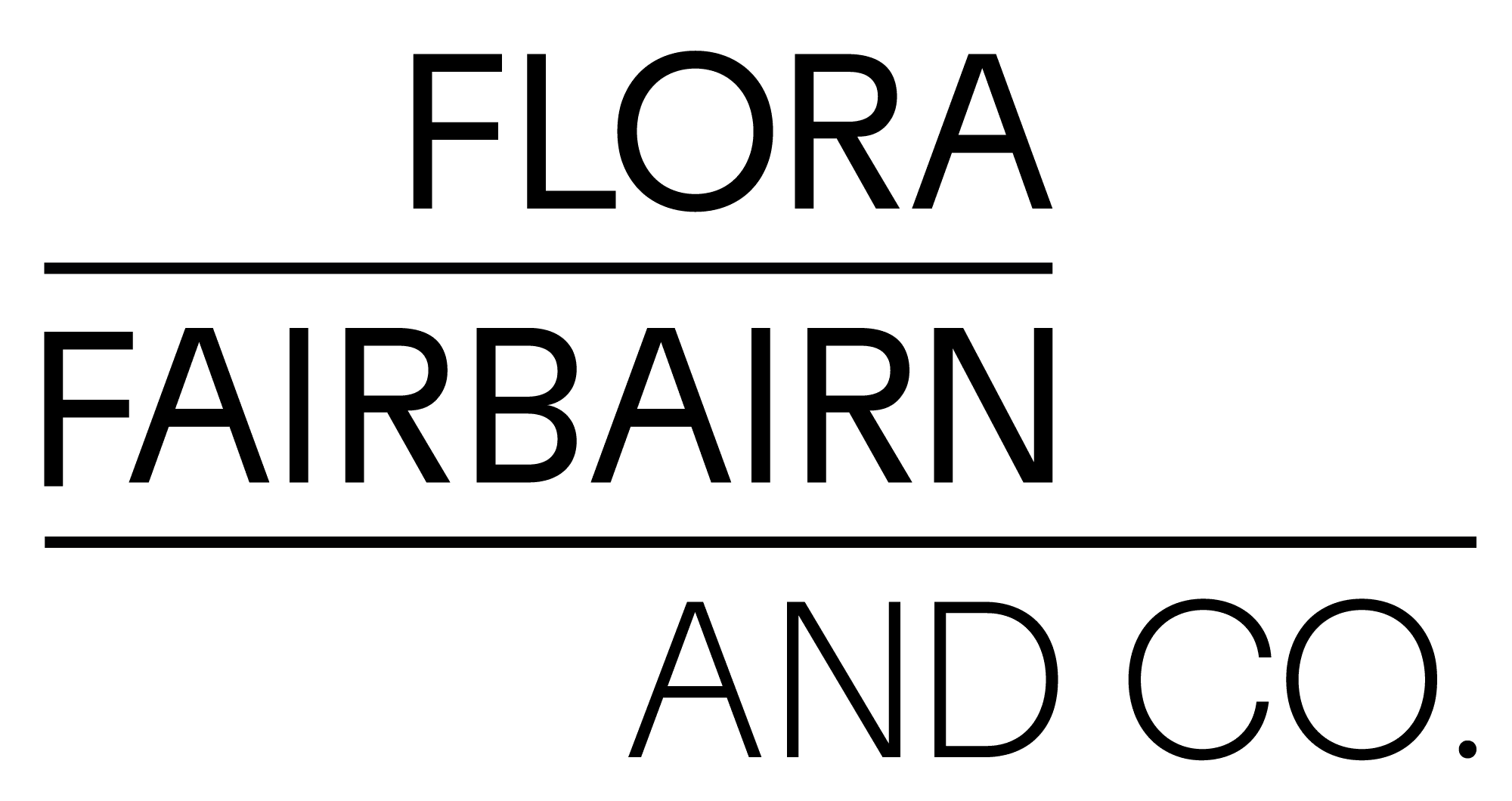
Tessa Farmer
Swarming Fever, 2021
Bones, insects, plant roots, Portuguese man o war polyps, taxidermied birds, wormshells, snake skin, sea spiders, hedgehog spines
Variable dimensions (approx. 150 x 300 cm)
Copyright The Artist
Sinister skeletal fairies, riding in weaponised skullships, flown by enslaved bees, beetles and butterflies are chasing and hunting a fleeing bird. A swarm of bumblebees spews from the main ship...
Sinister skeletal fairies, riding in weaponised skullships, flown by enslaved bees, beetles and butterflies are chasing and hunting a fleeing bird. A swarm of bumblebees spews from the main ship which is constructed from a small caiman skull, crab claws, snake ribs, mouse bones, wormshells, shed snake skin and coral.
"Tessa Farmer’s matter of fact description of her installation cannot disguise that it is rather extraordinary: ‘fairies, riding in weaponised skullships, flown by enslaved bees, beetles and butterflies are chasing and hunting a fleeing bird. A swarm of one hundred bumblebees spews from the main ship which is constructed from a small caiman skull, crab claws, snake ribs, mouse bones, wormshells, shed snake skin and coral.’ The fairies are sinister and sophisticated – as is consistent with their medieval origins as myth, rather than the adonised version encountered in recent times; or with the behaviour of the parasitoid wasps - studied by Farmer - which lay their eggs in the bodies of others. Perhaps they are some sort of evolutionary link between insect and human. Indeed, while the Boschian dramas mimic the enthralling malevolence of hedgerows using their own inhabitants, Farmer does see them as making a case for insects: they are often maligned and misunderstood, she says, but ‘are actually an essential part of the ecosystem, providing important pollination, pest control, and decomposition services.’ Ignorance of that ‘is perhaps symptomatic of our increasing disconnection with the natural world’." - PAUL CAREY KENT
"Tessa Farmer’s matter of fact description of her installation cannot disguise that it is rather extraordinary: ‘fairies, riding in weaponised skullships, flown by enslaved bees, beetles and butterflies are chasing and hunting a fleeing bird. A swarm of one hundred bumblebees spews from the main ship which is constructed from a small caiman skull, crab claws, snake ribs, mouse bones, wormshells, shed snake skin and coral.’ The fairies are sinister and sophisticated – as is consistent with their medieval origins as myth, rather than the adonised version encountered in recent times; or with the behaviour of the parasitoid wasps - studied by Farmer - which lay their eggs in the bodies of others. Perhaps they are some sort of evolutionary link between insect and human. Indeed, while the Boschian dramas mimic the enthralling malevolence of hedgerows using their own inhabitants, Farmer does see them as making a case for insects: they are often maligned and misunderstood, she says, but ‘are actually an essential part of the ecosystem, providing important pollination, pest control, and decomposition services.’ Ignorance of that ‘is perhaps symptomatic of our increasing disconnection with the natural world’." - PAUL CAREY KENT

